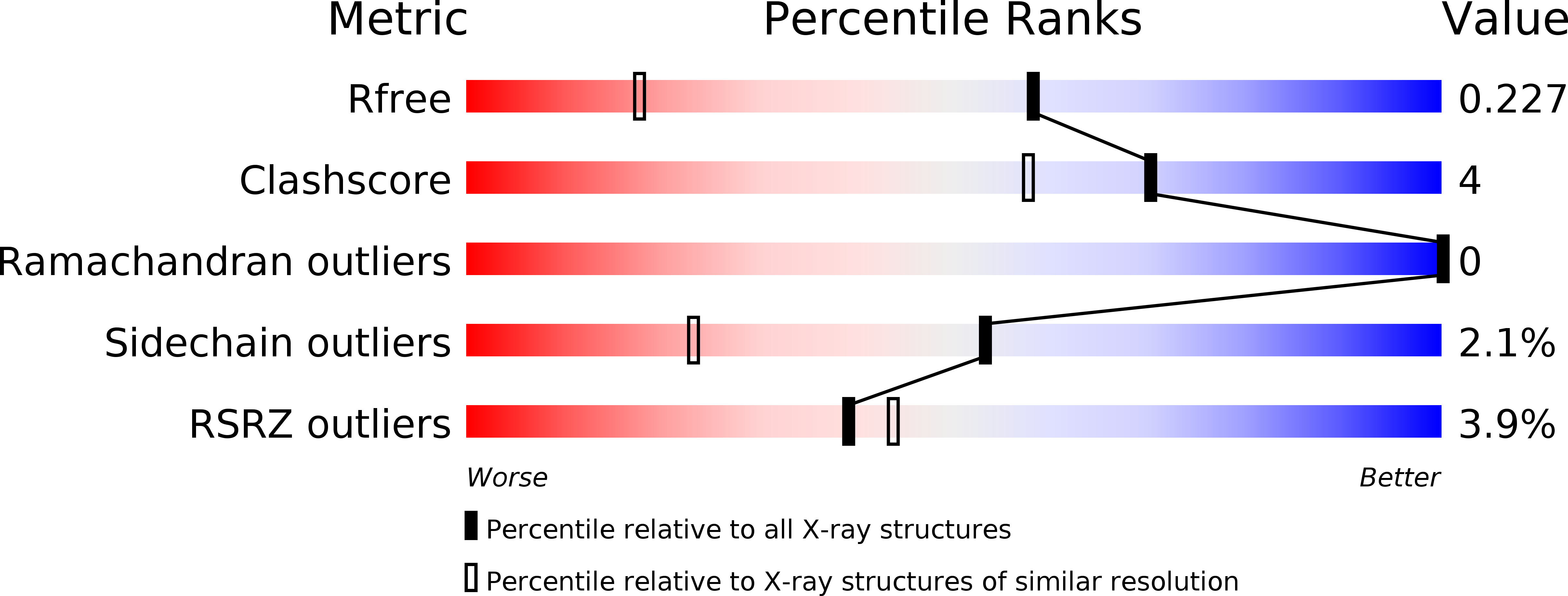
Deposition Date
2011-03-16
Release Date
2011-05-04
Last Version Date
2024-02-21
Entry Detail
PDB ID:
3R3V
Keywords:
Title:
Crystal Structure of the Fluoroacetate Dehalogenase RPA1163 - Asp110Asn/Fluoroacetate
Biological Source:
Source Organism:
Rhodopseudomonas palustris (Taxon ID: 1076)
Host Organism:
Method Details:
Experimental Method:
Resolution:
1.50 Å
R-Value Free:
0.22
R-Value Work:
0.18
R-Value Observed:
0.18
Space Group:
P 1 21 1


